an essay previously entitled, “[redacted] [redacted] and her [edited to: pointed brand of Black side-eye]”
you can read the first draft of this essay here if you’re interesting in hearing me get good and disgruntled.
First I have to say: regardless of how angry people make me when they promote dog whistle politics (most especially people with large, impressionable platforms), my work is not compelled by anger at any individual. I’m not here to argue with folks on the internet. I am here because the nation state is trying to convince the general public that children should be a privilege of the wealthy and an irresponsible curse on the poor.
Whoever you are, whether you are reading or listening or watching this, if you learn nothing else from what I have to say: the views that you have are not neutral. Your political or personal ethos are not inevitable, nor are they “common sense.” All of your ideas come from somewhere and all of them mean something. It is, essentially, always that deep. You can either continue to believe that you (your actions, your worldview, etc.) don’t matter anyways, or you can think critically about what you do and say and why.
This will be a series of essays in five parts. Sections include (but are not limited to):
(1) Who are “the poor?”
(2) Who is responsible for the causes and effects of poverty?
(3) What is Reproductive Justice?
(4) The Illusion of Choice: Reproductive Rights
(5)You (yes, you) are either poor or poor-in-waiting.
(Bonus round!) Dog Whistle Politics 101
I’ve selected these subtopics as focus groups for this ever-present, chronically online argument that poor people should not have kids. The claim overall is not just that they should not, but that they have a moral imperative to not inflict the suffering of their existence onto a defenseless child, who could not choose to be here and does not deserve such a fate.
I don’t think this claim is right even a little bit. I intend to explain to you why over the course of tea. At the time of writing this, I’m drinking a (much needed) stress relief blend from the chamomile family.
I will alert you of my biases and my background so you can ascertain whether I am a source you would like to consider critically, and then we can get to discussion.
Who is Ismatu Gwendolyn?
I am a trained clinical social worker (master’s pending on successful thesis completion). I have one degree in Global Health Studies from Northwestern University and my master’s of clinical social work has a concentration in Global Health Administration and Policy from The University of Chicago. I am studied, personally and professionally, in the creation of poverty, the myth of overpopulation, and the tenants of reproductive justice for those enduring the most suffering.
I am also someone who grew up in poverty in the United States. I am a dual-citizen of both United States and Sierra Leone, where both my parents were born and raised. Sierra Leone is currently one of the poorest nation states in the world, with a GDP of $518 USD as of 2020. Even so, both my parents and my other family members were appalled that people get on the internet to scream that poor people shouldn’t have kids. My life and background are relevant to my online content because my life circumstance affects my politic. I am compelled by love for my community to action.
I include my life circumstance because so many of us were incorrectly taught that lived experience is not enough reason to compel you to action, or that “true” knowledge and “real” data can only be found by the scientific method and distributed by official academic institutions. I strongly disagree. For one, I believe there are many ways of knowing available to us, and you absolutely can know something by experiencing it with your own body. Secondly, I think this worldview promotes over-intellectualism, elitism, and a lack of compassion— especially for community enrichment and community care. The person I am is communal, the hardships I face are communal, even the blessings I receive are communal more than they are individual. The point of having a politic is praxis, as in the action you take based on what you believe. Every truth I believe and every action I take is for my beloveds in this world.
So, in a non-exhaustive list: I have experienced food insecurity, housing insecurity, living somewhere without running water, being unable to afford basic utility bills, trading various body parts to the chop shop of capitalism as I continue my venture into adulthood, (etc). I believe in the full autonomy of reproductive justice because I know what it is like to be a child and an adult enduring the unforgiving living conditions of poverty and not just because I read about it in college.
My purpose in doing all this, writing and filming and recording and editing and fundraising, is to improve the lives of the people that I love the most and the people am the most responsible to.
Sponsored by Ismatu: click on my family to donate to the Feed My Family campaign, where I’m raising funds so that my family can survive the harvest season!
The reason I share my background information is because I believe the personal is political. My life not only informs my politic, my life necessitates my politic. I do not believe in the possibility of poverty eradication because I am unfamiliar, personally, professionally, or politically with poverty. I am for poverty eradication because I truly believe that poverty is a solvable problem.
Let’s begin.
A Closer Look at Poverty Metrics
Who are “The Poor?”
CLAIM: “The Poor” are not some nameless, faceless mass of people. Poverty is not a randomly scattered event, nor is wealth. Poverty is also most definitely not one size fits all.
INQUIRY: Who are the poor? Who has been poor for generations? Who are the people that slip in and out of poverty? Why? What are we even defining as poor?
I think data visualizations can be really helpful in this. I have three maps for us to examine.
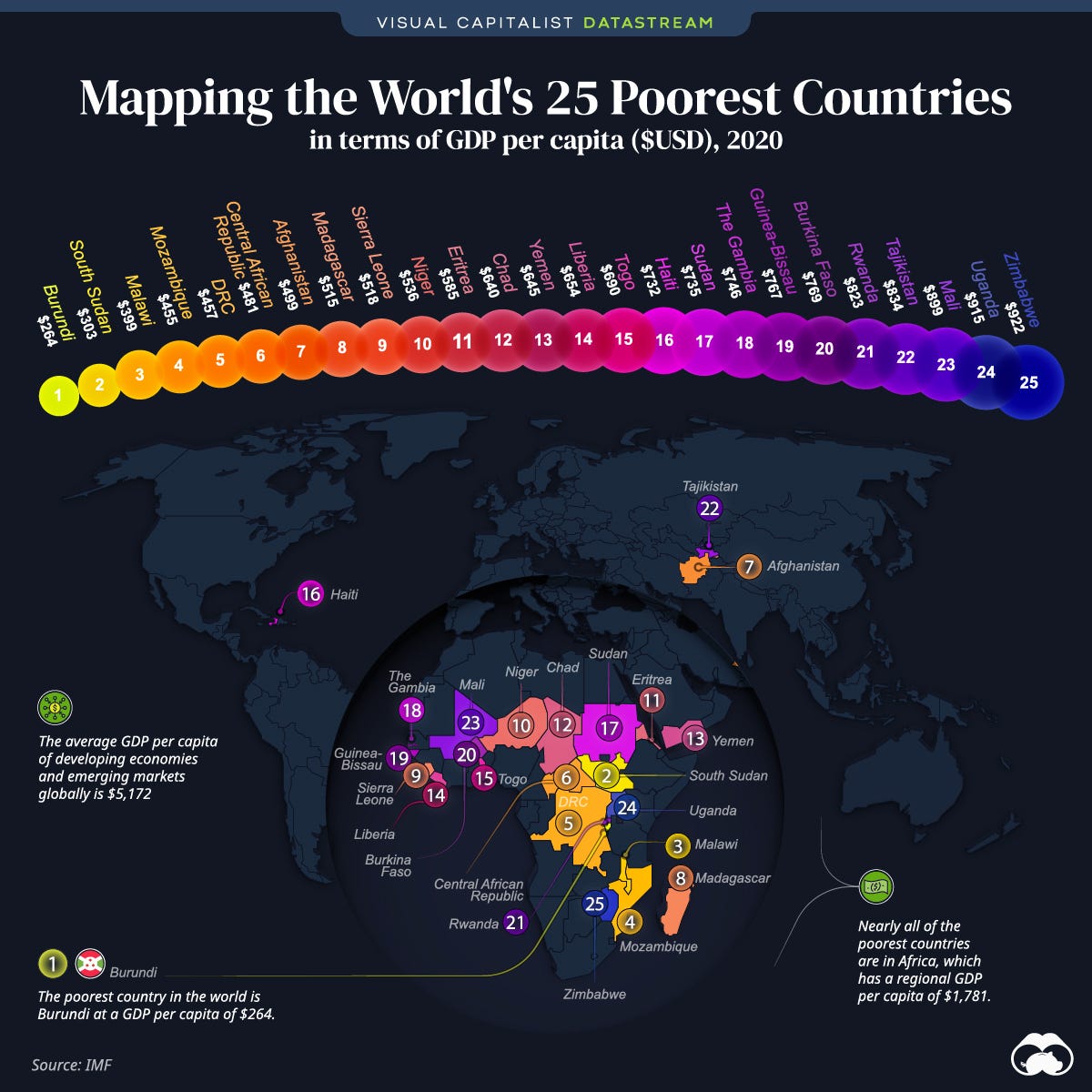
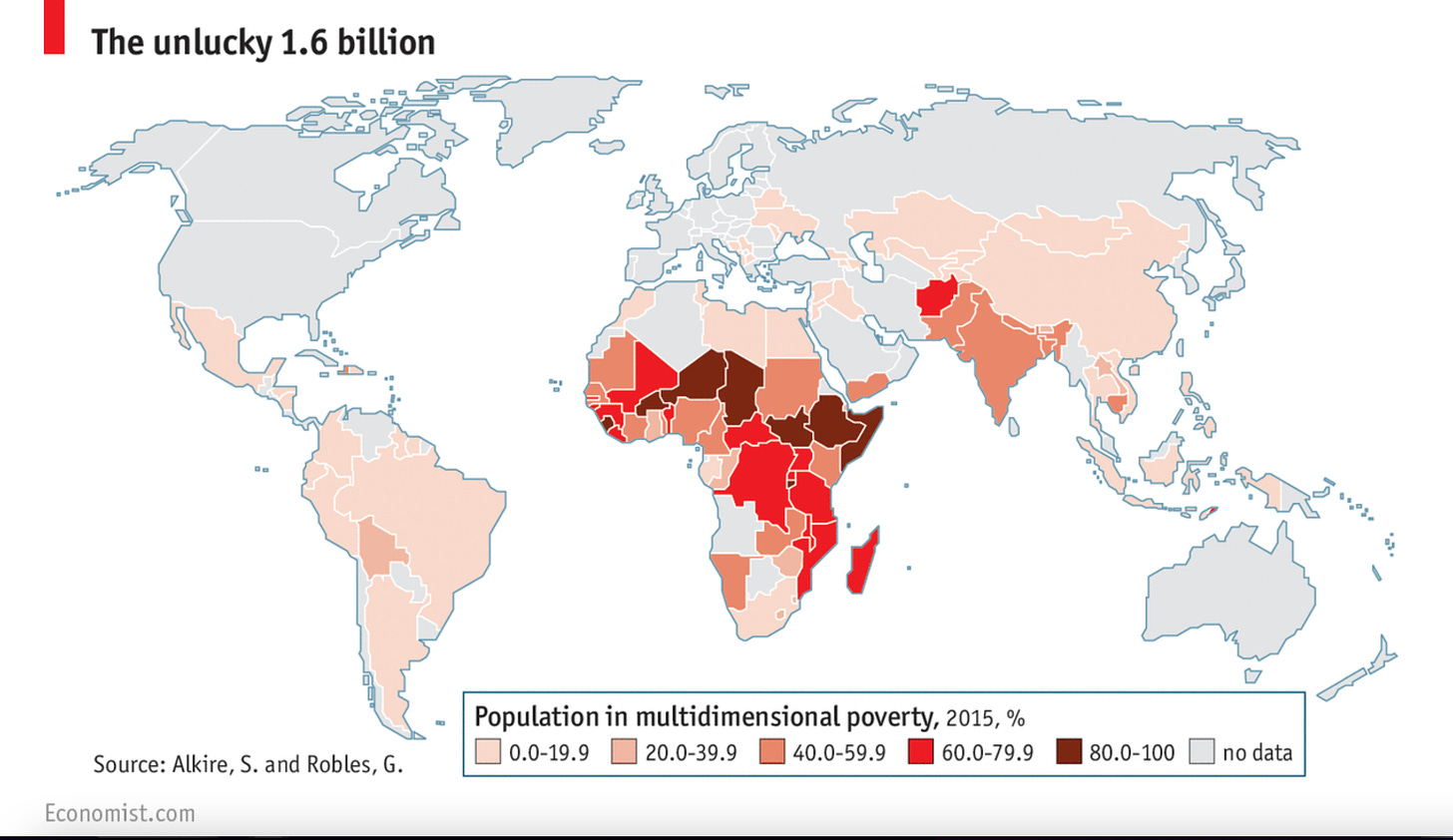
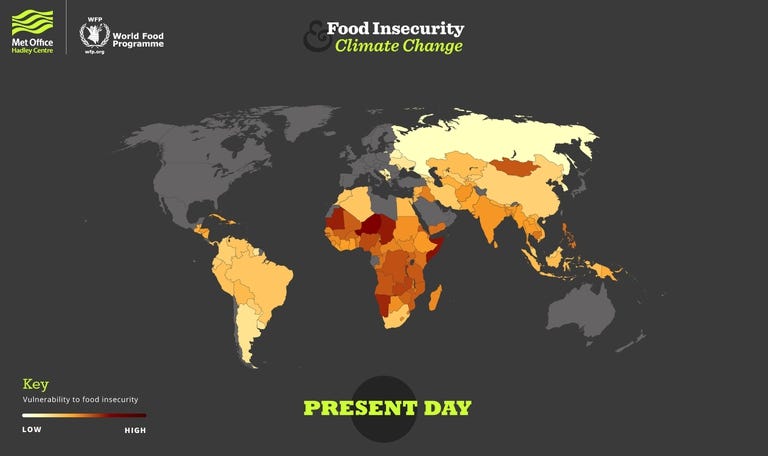
Poor people, poor nations, and people dealing with food insecurity on a national scale are all heavily concentrated on the continent of Africa. Of the twenty-five poorest nations (as measured by GDP), only three of them are not in Africa (Afghanistan, Haiti, and Tajikistan).
All of the nations making up that bottom twenty-five have been subject to imperialism. Countries with significant amounts of their population in multi-dimensional poverty were previously colonized and/or subject to resource extraction by countries in the Global North.
When our language lacks compassion, our policy lacks compassion. The “poor” are most often the colonized peoples of the world or the resulting collateral damage. Look how concentrated poverty is in Black populations across the globe (and if they are not Black, they had the audacity to occupy resource-rich land1). Even in the United States, one of the richest countries in the world, a disproportionate amount of the poor population are Black, Indigenous, or other people groups subject to killings by the state2. It is not a coincidence that the current day poor are made up of those previously subjected to genocide by land theft or genocide by labor extortion. The modern day poor are the people that white supremacist colonization and sanitation efforts did not kill the first time around. “The Poor” are the people that cannot produce consistent capital due to access, ability, or any number of structural barriers to support. Are you certain that your politic of choice is to restrict the most vulnerable among us from procreation as a response to poverty that they did not create? Are you certain?
Language like “the poor” squashes down entire groups of people; it flattens poverty into being an inheritable trait rather than an inheritable consequence. We are not just “poor.” We are impoverished. As in, something happened to create and maintain these conditions of suffering.
So. How do you implement policy opinions like “poor people shouldn't have kids” when entire nation states are under poverty? What do you do then? Do you think that the country of Haiti, for example, should just… cease to exist? Does that benefit the people living in abhorrent conditions? Who else is the regular habit of punishing Haiti for continuing to exist? Why?
Before we close our introductory arguments for today, I have one more question:
What qualifies as “poor”?
I’ve chosen a more specific word than poor for this essay, which is poverty. Poor and rich are relative concepts. What might be poor to one individual understanding may be quite well off to another— even the same person in different geographical contexts upset the illusion that “poor” and “rich” are clear dichotomies. Poverty is a term that has clear economic and systemic benchmarks, so it’s easier to find data on.
Above is the structure of the Multidimensional Poverty Index (MPI), developed by the Oxford Poverty and Human Development Initiative and released for the first time in 2014. The MPI was developed to get a more accurate read on populations living in poverty throughout the world, because the previous metric (known as the Human Poverty Index, or HPI) wasn’t doing enough. HPI measures poverty by examining whether the population of a country is above or below a financial threshold: $1.25 per day (a number decided by the World Bank). HPI wasn’t getting into the nitty gritty of who was poor and what kind of poverty it was. It (1) couldn’t look at geographical differences inside a country and (2) failed to account for anything but income. MPI is meant to measure deprivations (or, how many things around you decrease your quality of life by significant margin? Do you have electricity? Safe drinking water? Sewage systems? Access to medication?)
I’m going to start with some critiques. For one, $1.25 per day is a metric that is heinously low. The only thing it’s good for is measuring absolute depravity. Metrics like these are designed to make sure the wealthy nations of the world are never held to task about impoverished populations of their own countries. $1.25 per day means that most of the population of the United States doesn’t fall under the HPI threshold of poverty, so they get a pat on the back from the present day— when we living here know that even the federal minimum wage is not something one person can survive on (let alone a family). Wealthier nations need region-specific poverty metrics to be distributed on the world stage. That lack of data is an intentional choice to make certain countries like the United States appear wealthier than the general populace actually is.
Additionally, Multidimensional Poverty Index reports released in 2014 found that the Human Poverty Index underestimated poverty pretty severely. In 2014, the number of people living in absolute poverty (at $1.25 per day) was 1.2 billion people. That’s roughly 16%. MPI calculates 22%. four hundred million people. $1.25 a day is designed to make the whole world look better than the true state of poverty.
$1.25 per day is heinous and not a true reflection of the expansive nature of poverty. Half of the world lives on less than five dollars and fifty cents a day according to the World Bank. Half of the world lives on $2,000 a year! If we bump that number up to $10 a day, just $30 a month, we get numbers in the 70%. SEVENTY PERCENT OF THE WORLD LIVES ON TEN DOLLARS A DAY OR LESS.
We as a public fail to understand how expansive poverty is.
The following is data pulled from the The 2022 Global Multidimensional Poverty Index, which you can read for free here.
Across 111 countries, 1.2 billion people—19.1 percent —live in acute multidimensional poverty (referred to as “poverty” throughout). Half of these people (593 million) are children under age 18.
The developing region where the largest number of poor people live is Sub-Saharan Africa (nearly 579 million), followed by South Asia (385 million).
Simulations in 2020 suggested that the COVID- 19 pandemic had set progress in reducing Multidimensional Poverty Index (MPI) values back by 3–10 years. Updated data indicate that the setback at the global level is likely to be on the high end of those projections.
An important thing to note here: Western metrics are always designed to make imperialist nations look rich, well-fed, and otherwise saintly. Why isn’t access to healthcare included in the health metrics for defining poverty? What wealthy nation(s) might have huge amounts of their population counted under poverty if access to healthcare was included as a deprivation?
So knowing all this— why would your question be “How dare these people continue to produce children!” And not, “Huh. Isn’t it a weird coinky-dink that the majority of the world’s poor are people groups persecuted, enslaved, stolen from, and killed for the material gain of the ruling class?”
These patterns are not a coincidence. By the end of this series, I aim to convince you that poverty is an intentional policy choice meant to demoralize, punish, restrict, and kill off specific populations for the sole benefit of the ruling class.
Next essay in the series:
Who is responsible for the causes and effects of poverty?
Thank you for reading, listening, commenting, emailing, all of the above! You all make me appreciate learning in public.
—Ismatu Gwendolyn
we will get into the “wealth curse” in the next essay!
SOURCES
2022 Global Multidimensional Poverty Index, linked in article
Portela, J. (2021, January 15). 70% of the world lives on less than ten dollars a day. when do they get the vaccine? Stanford Politics. Retrieved January 9, 2023, from https://stanfordpolitics.org/2021/01/14/70-of-the-world-lives-on-less-than-ten-dollars-a-day-when-do-they-get-the-vaccine/
World Bank Group. (2018, October 17). Nearly half the world lives on less than $5.50 a day. World Bank. Retrieved January 9, 2023, from https://www.worldbank.org/en/news/press-release/2018/10/17/nearly-half-the-world-lives-on-less-than-550-a-day
How much money per day does the average person live on? Cultural World. (2023, January 8). Retrieved January 9, 2023, from https://www.culturalworld.org/how-much-money-per-day-does-the-average-person-live-on.htm
Creamer, J. (2021, December 9). Inequalities persist despite decline in poverty for all major race and Hispanic origin groups. Census.gov. Retrieved January 9, 2023, from https://www.census.gov/library/stories/2020/09/poverty-rates-for-blacks-and-hispanics-reached-historic-lows-in-2019.html


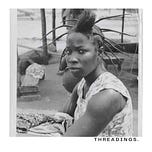

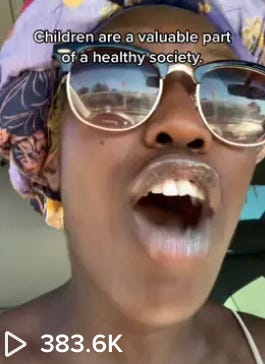
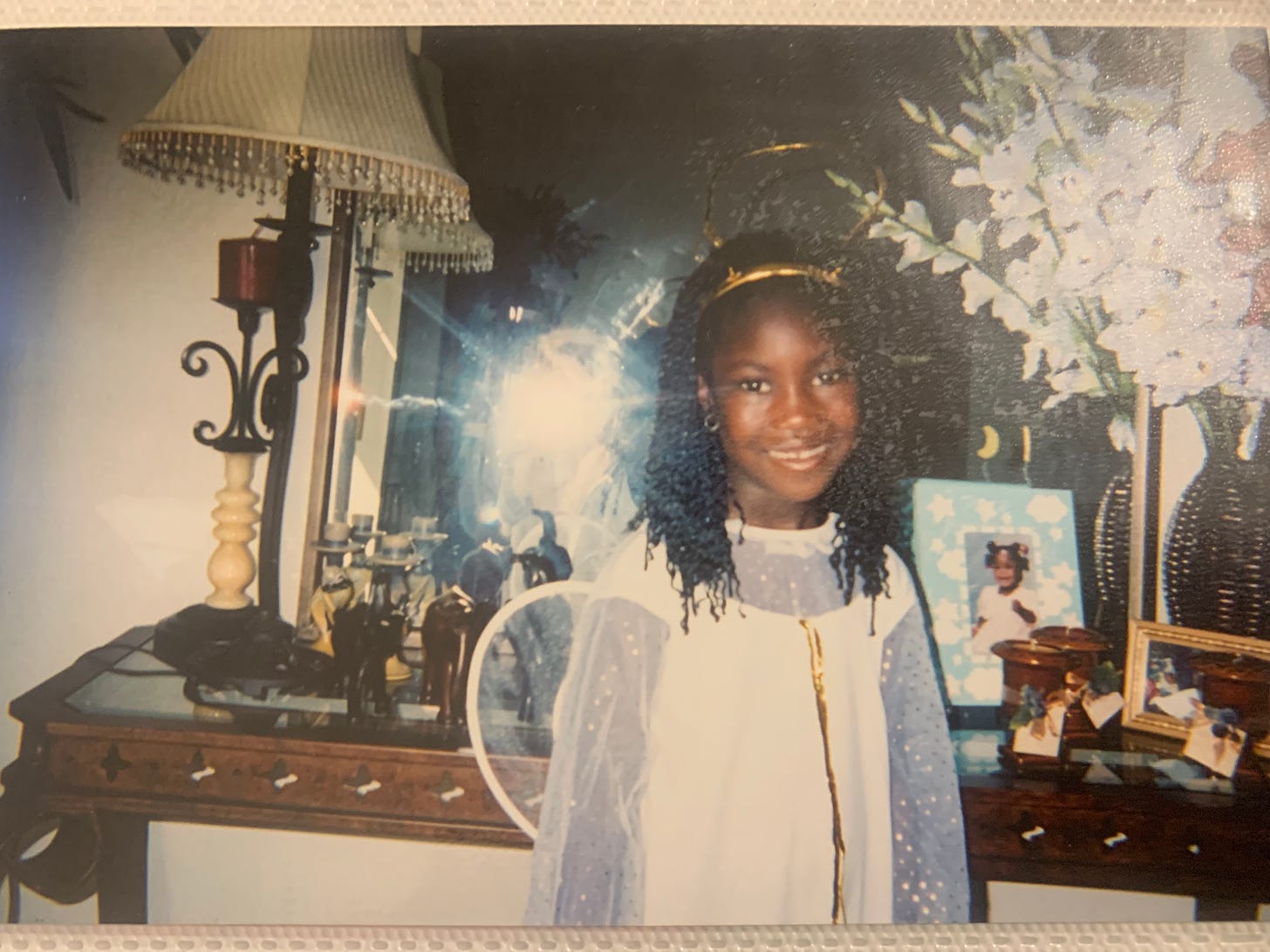
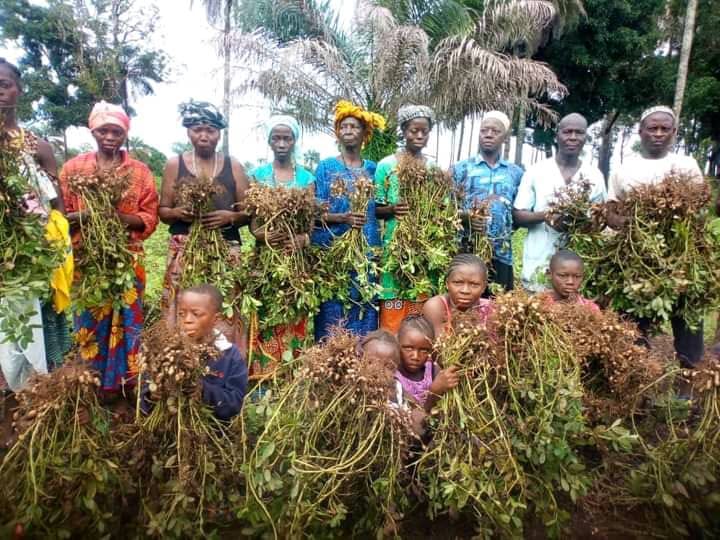
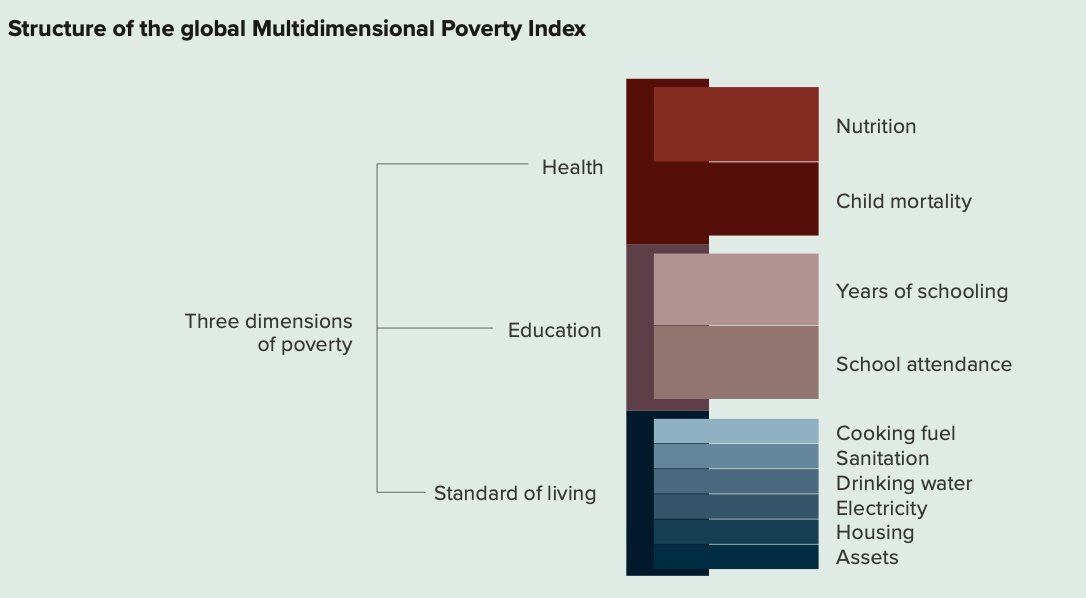

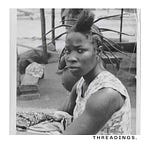

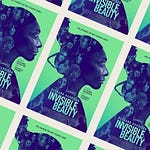


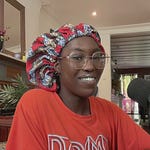

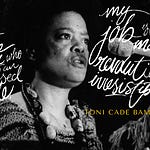
16| Poverty is a policy choice.